Saute is derived from the French word "To Jump". In cooking, it means:
Using a small amount of oil in a hot pan to cook thin, tender ingredients by giving them a good sear on the outside.
The saute technique is one of the core techniques in cooking, and is used for both meat and vegetables. Most recipes saute at least a few of the ingredients. Sauteing builds flavor in two ways. The first is the good sear you get on the food you are cooking. The second is the browned bits that are left in the bottom of the pan, called the fond (French for "foundation"). Fond is the foundation of pan sauces; it dissolves into liquid added to the pan, adding flavor to that liquid.
I'm going to use a saute to make a quick weeknight dinner, with a pan sauce from the fond. This is the first real cooking technique I learned. I was chained to recipes, to use Michael Ruhlman's wonderful turn of phrase
. Learning to saute, as a technique, unlocked those chains. Everything in this blog followed from that "Aha!" moment. Behind every recipe are techniques (like a saute), flavor combinations (what do you put in the pan sauce?), and ratios (how much salt per pound?). This realization made me a real cook. Of course, it also showed me how little I actually knew, and how much more there was to discover. I've been happily chasing better techniques, different flavor combinations, and new ratios ever since.
*I know I've been mentioning Pam Anderson a lot recently. I have to. I owe it to her. How to Cook Without a Book, with it's explanation of the saute and pan sauce technique, was the key. Without it, I might still be chained to recipes.
Here is the technique, in shorthand form:
Basic Technique: Saute with Pan Sauce
Saute:
- Thin to medium cut of meat, usually ½ inch to ¾ inch thick.
- Season the meat, then (optional) coat with flour.
- Heat 2 tablespoon of oil in a 12" fry pan over medium-high heat until shimmering.
- Put meat in pan and cook for 3-4 minutes a side, until golden brown.
- Remove to plate.
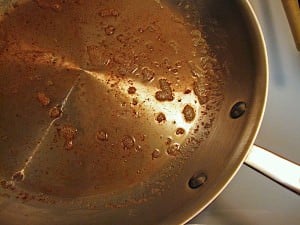 |
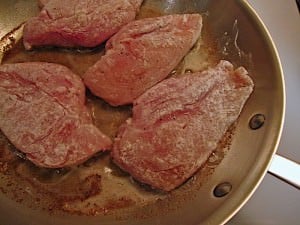 |
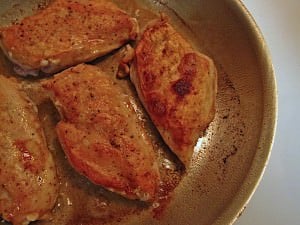 |
Pan Sauce:
- Reduce heat to medium.
- Add aromatics, cook until just fragrant (30 sec to 1 minute)
- Add 1 cup stock, and/or other flavoring liquids, and herbs. Increase heat to high.
- Scrape browned bits into the liquid, add juices from resting meat. Boil until reduced by half.
- Remove from heat. Whisk dairy into sauce, season, and serve.
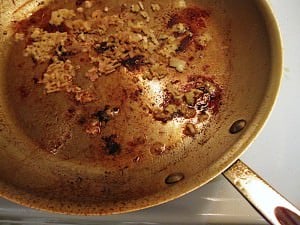 |
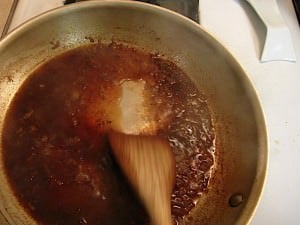 |
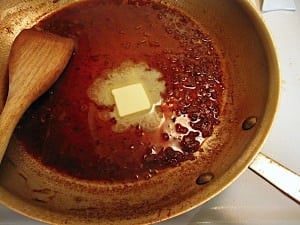 |
Detailed walk through of the technique:
Thin to medium cut of meat, usually ½ inch to 1 inch thick.
I tend to think of boneless, skinless chicken breasts or boneless pork loin cutlets when I think of a saute, but any thin, tender meat works with this technique. I love sauteed new york strip steaks with a red wine pan sauce, and turkey cutlets or pork tenderloin medallions also saute really well.
The thickness of the meat determines the cooking time. 1 inch thick will cook medium-rare to medium by the time it browns (good for pork or beef); ½ inch to ¾ inch will cook to well done (good for chicken or turkey).
Season the meat, then (optional) coat with flour.
Sprinkle liberally with kosher salt and fresh ground black pepper; I assume ½ teaspoon of kosher salt per piece of meat. I like to flour boneless chicken and pork. It gives them a nice, browned, crisp coating. Beef works better without a flour coating, and if I'm trying to cut a few calories, or don't want the extra step, I skip the flour altogether.
Heat oil in a 12 inch fry pan over medium-high heat until shimmering.
For floured meats, I use 2 tablespoon of fat; 1 tablespoon of vegetable oil (canola or grape seed), and 1 tablespoon of butter (for flavor). For non-floured meats, where I want a really good sear, I put 1 teaspoon of oil in the pan, just to get it slightly slick. I turn the pan to medium-high heat and wait for the oil to shimmer, swirling the oil around occasionally to coat the entire bottom of the pan. Heating the oil to shimmering takes 3-5 minutes depending on the pan and your stove.
*When I use butter, I look for it to just start to turn brown as my indicator that the pan is ready.
When making a pan sauce with the saute, do NOT use a non-stick pan. Fond, the browned bits of meat and flour that stick to the bottom of the pan, become the foundation of your pan sauce. I want the little bit of sticking you get with steel, aluminum, or enameled cast iron. That sticking is where fond comes from. This is why I love my All-Clad stainless steel pans, and why I requested a 12 inch fry pan when I reviewed them. The combination of even heating and stainless coating make the All-Clad 12 inch fry pan my go-to saute pan.
*I prefer the 12 inch fry pan to their "saute" pan for sautes. I've owned them both, and I get a better sear from the 12 inch fry pan because things are less crowded in it. See the next step for details.
Put meat in pan and cook for 3-4 minutes a side, until golden brown.
This is the actual "saute" part. Don't crowd the pan, or the meat will steam instead of browning. Leave at least ¼ inch of space between each piece of meat. If the cutlets are just barely touching when they first go into the pan, it might work, because they will shrink slightly as they cook. If I squeeze them in to fit, I'm doing it wrong. My 12 inch skillet can just fit 5 chicken breasts, if they aren't Frankenchickens. If you have too much meat to cook without crowding, cook it in two batches.
Once all the meat is in the pan, shake it back and forth a few times to make sure there is oil underneath the cutlets. After that, leave them alone for 3 minutes. Playing with the cutlets or the pan will slow down the searing - don't be a pan shaker! After 3 minutes, check the browning, and cook them for another minute or two if they need to brown more (and increase your heat a little next time).* Then, flip the cutlets, and let them sit for another 3-4 minutes to cook the other side.
*This is one of the keys to a good saute - learning how to work with your stove and your pans. Every stove is different. Medium high on my above-average GE Profile might be medium on a Viking professional range, and might be High on a cheap "contractor grade" stove.
Remove to plate.
Put the meat on a plate, preferably in a single layer, and let it rest while preparing the pan sauce. The plate will catch any juices that escape, and I will add them to the the pan sauce later.
Reduce heat to medium. Add aromatics, cook until just fragrant (30 sec to 1 minute)
I don't want the fond to burn, but I do want the aromatics to soften a bit. Garlic and shallots are my favorite for this, because they cook so quickly. I mince them as finely as I can, so they cook quickly, and I give them a minute at most before adding the liquids to the pan. Note that the aromatics are optional; you can just move on to the flavoring liquids if aromatics don't work with your sauce.
Add 1 cup stock, and/or other flavoring liquids, and herbs. Increase heat to high.
One of the reasons I recommend making your own stock is because it makes the best pan sauce. Sauteed cutlets with a pan sauce made of nothing but good homemade stock is an excellent recipe. If you don't have homemade stock, water is a good second choice; it will pick up the flavor you built with your fond in the next step.
*Yes, you can use store-bought, canned chicken broth if you must. But I think plain water with some salt in it tastes better, once it picks up the flavor of the fond.
I usually use 1 to 1 ½ cups of liquid. My simplest pan sauce is made with one cup of stock, the fond in the pan, and seasoned with salt and pepper.
If I'm using stock plus another flavoring liquid, I usually use 1 cup of stock plus ¼ to ½ cup of the flavoring liquid. My favorite flavoring liquids are wines (red, white, or dry vermouth, or cognac) or citrus juices (lemon and orange in particular).
Good standalone flavoring liquids are sweet liquors (sweet vermouth, marsala, madiera) or a can of diced tomatoes with their juices. If I use one of these, I don't add stock; they are a good substitute in and of themselves.
If I want herbs in the sauce, I just toss the whole sprig in with the liquid, and fish it out before serving. Thyme, rosemary, oregano, and tarragon all go well in pan sauces, depending on the flavor profile I am looking for.
Scrape browned bits into the liquid, add juices from resting meat. Boil until reduced by half.
The flavoring liquid will loosen the fond from the pan as it heats up. Scrape the bottom of the pan with a flat edged wooden spoon, and the fond will dissolve into the liquid, giving you the foundation for your sauce. Pour any accumulated juices from the plate where the meat is resting into the pan. Boil until reduced by half. I do this by eye; when the liquid has thickened enough, I can drag my spoon through it and see the trail on the bottom of the pan for a few seconds.
Remove from heat. Whisk dairy into sauce, season, and serve.
Remove the pan from the heat before adding butter or cream. This should keep the dairy from separating while you whisk it into the sauce. After adding the dairy, taste the sauce. Add more salt, pepper, and/or sugar if necessary. I want the sauce to be highly seasoned, so I err on the side of a little more salt or pepper if I think the sauce needs it. To serve, put the meat on a dinner plate and drizzle with 1 teaspoon of the sauce. Pass the rest of the sauce at the table.
*If I want a more elegant sauce, I pass it through a fine mesh strainer before serving, to remove any stray bits of solid fond or leftover aromatic. I rarely do this; I like my sauce to be a bit more rustic.
...
And that's it! Now you know how to make:
- Chicken Picatta - sauteed chicken breast with stock-lemon-caper sauce
- Veal Scallopini - sauteed veal cutlets with stock-sherry-cream sauce
- Eggplant Parmesan - sauteed eggplant rounds, topped with cheese, with tomato pan sauce
- Wiener Schnitzel - sauteed pork chop (breaded with bread crumbs), with stock-lemon sauce
- Steak Bordelaise - sauteed steak with shallot-stock-wine sauce
...and on and on. The list is almost endless. I'll post a two of my favorites later this week.
Please don't be intimidated by my detailed explanation above. It probably took longer to read it than it will to do it. Once you have this technique down, you can have dinner on the table in a half an hour, tops.
What do you think? Questions? Other ideas? Leave them in the comments section below.
Related posts:
Pork Chop Saute with Orange Mustard Sauce (Thursday)
Swiss Chard Saute (an example of sauteing a tender vegetable)
Sear-Roasted Chicken Pieces (This is a saute, followed by finishing the cooking in the oven, and then making the pan sauce. See? Once you know the technique, everything starts to come together.)
Adapted from:
Pam Anderson: How to Cook Without a Book
*Enjoyed this post? Want to help out DadCooksDinner? Subscribe using your RSS reader or by Email, recommend DadCooksDinner to your friends, or buy something from Amazon.com through the links on this site. Thank you!

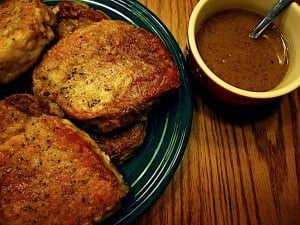
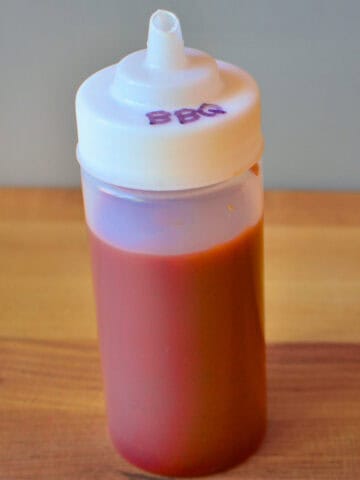
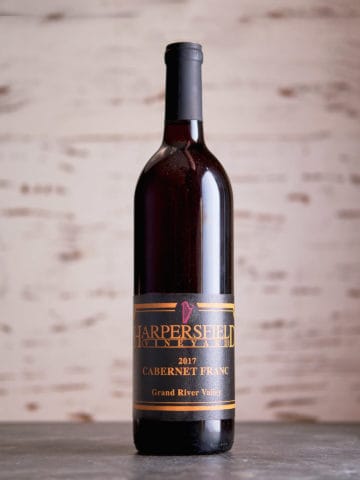
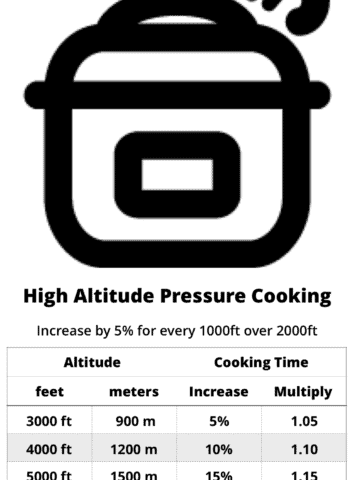
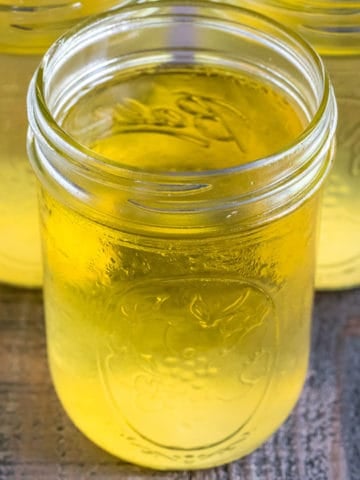
Mike from Austin
Well written article, Mike. My favorite cookbooks are about good techniques, and aren't overly fussy with a zillion, hard to find ingredients. I picked up Pam's book at your urging, and it has been a great aid in honing my kitchen skills. I'd like to recommend "Modern Sauces" by Martha Holmberg. Like all of your cookbooks that I own, I got the Kindle version. (Easier to use and takes less space on the counter.) The sauces are broken into basic types, and then she introduces variations. It's more about mastering the basics than over prescribed recipes.
MikeV @ DadCooksDinner
@Pam: Absolutely! I spent a couple paragraphs trying to sum up what you just did with a couple of sentences. How To Cook... was the book that has been feeding me for the last ten years, directly or indirectly.
Pam Anderson
Thanks for continuing to plug How to Cook without a Book, Mike. Give a man a recipe, he eats a meal. Teach a man to cook, he eats for a lifetime. That's what we're trying to do out here, eh?
MikeV @ DadCooksDinner
@AYOTG:
Thanks! Get the book - I can't say enough good things about it.
A Year on the Grill
This is a great post, very detailed, and I want that book now!